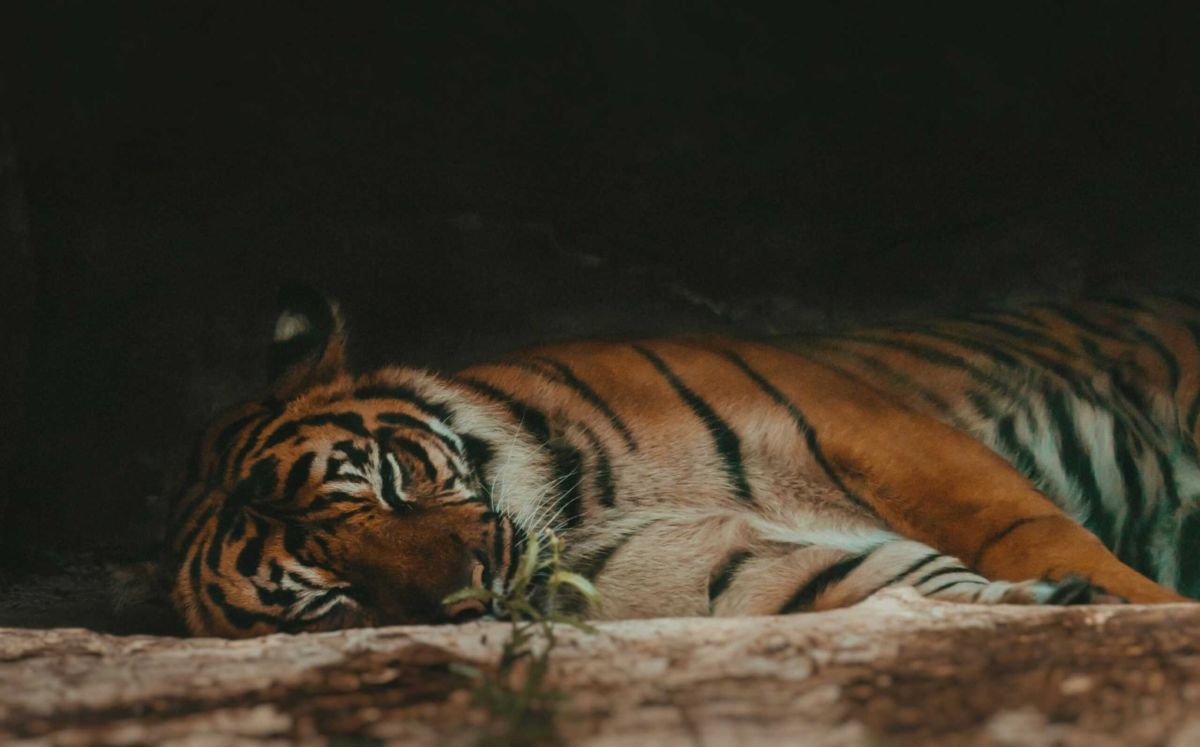The Importance of Saving Endangered Species: A Focus on Cats

In the grand tapestry of our planet’s ecosystem, every thread weaves a story of interdependence, resilience, and life. Among these threads, the various species of cats, both wild and domesticated, serve as vital components of biodiversity. While lions, tigers, leopards, and many other feline species captivate our imagination and hearts, the reality is that many of these majestic creatures are facing the threat of extinction. As we delve into the importance of saving endangered species, it is critical to focus our attention on these magnificent cats and understand the broader implications of their potential disappearance.
The Role of Cats in Ecosystems
Wild cats play a crucial role in maintaining the balance of their respective ecosystems. As apex predators, they help manage populations of prey species, which in turn influences vegetation dynamics. For example, in the case of the African leopard, their hunting patterns help regulate herbivore populations, promoting a healthy balance in the ecosystem. With the decline of these predators, herbivore populations can soar, leading to overgrazing, habitat degradation, and a subsequent collapse of the ecosystem.
Furthermore, many cat species are indicators of environmental health. Their presence often reflects the state of the habitat they occupy. For instance, the snow leopard inhabiting the rugged mountains of Central Asia serves not just as a hunter of the wild goat and sheep but also as an emblem of the health of the mountainous ecosystem. Protecting these vulnerable beasts ultimately benefits broader conservation efforts.
Threats to Cat Species
Despite their ecological significance, many cat species are teetering on the brink of extinction due to various anthropogenic pressures. Habitat loss remains the most significant threat, driven primarily by urban development, agriculture, and deforestation. Additionally, poaching, driven by the illegal wildlife trade, targets these cats for their beautiful pelts, bones, and other body parts believed to possess medicinal properties.
Climate change poses yet another significant risk. Altered weather patterns and rising temperatures can disrupt the delicate balance of habitats, affecting food sources, breeding patterns, and migratory behaviors. As climate change continues to escalate, the survival of some wild cat species hangs precariously in the balance.
The Cultural Importance of Cats
Cats have been revered in various cultures throughout history. The ancient Egyptians famously worshipped the domestic cat, viewing them as protectors of the home. Today, domestic cats are among the most popular pets globally, providing companionship and comfort to millions. This close relationship between humans and cats underscores their cultural significance and reminds us of our responsibility toward the conservation of their wild relatives.
Moreover, cat species possess intrinsic value in the context of genetic diversity. With emerging threats to species survival, preserving various breeds and subspecies is key to ensuring the resilience of populations against disease, climate change, and other environmental pressures.
How We Can Help
Efforts to save endangered cat species must encompass immediate action, education, and long-term planning. Supporting conservation organizations and initiatives focused on wildlife protection is essential. By donating, volunteering, or raising awareness about the plight of endangered cats, individuals can contribute to a larger communal effort.
Additionally, advocacy for sustainable land-use practices and policies can help mitigate habitat destruction. Supporting legislation that protects wildlife preserves and national parks is vital for the long-term survival of these species.
On an individual level, fostering a culture of responsible pet ownership, including spaying and neutering to prevent overpopulation, can indirectly benefit wild cat populations. Educating others about the importance of endangered species preservation fosters a communal sense of responsibility.
Conclusion
The preservation of endangered species, particularly cats, is not merely a question of conservation; it is a reflection of our commitment to maintaining the integrity of the natural world. As apex predators and vital components of their ecosystems, wild cats have much to teach us about balance, resilience, and coexistence. By advocating for their protection, educating ourselves and others, and participating in conservation efforts, we contribute to a future where these majestic creatures can thrive alongside us. In doing so, we ensure that future generations have the opportunity to marvel at the beauty of nature and witness the diverse tapestry of life — a tapestry that would be significantly dimmer without the presence of our beloved feline friends.



